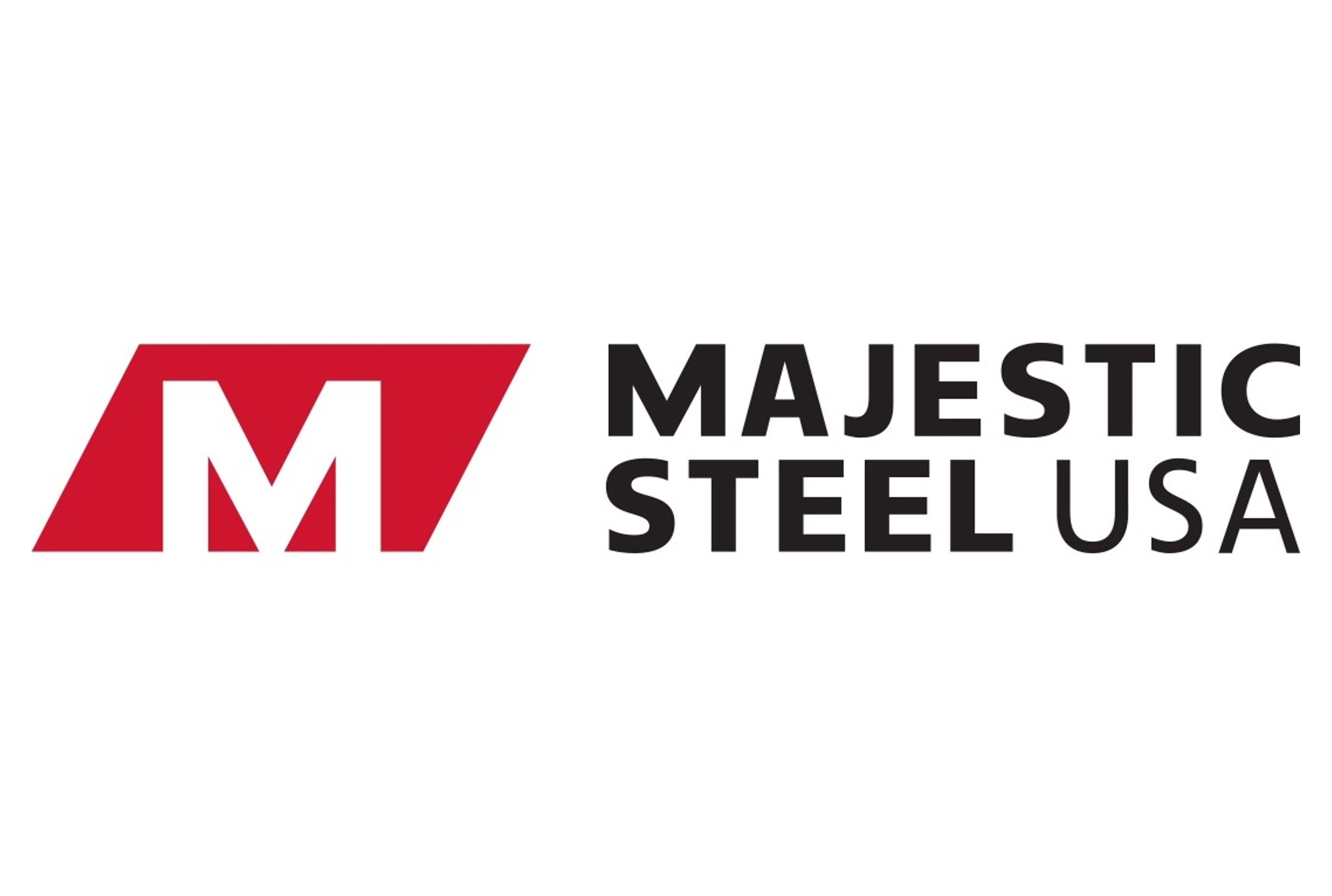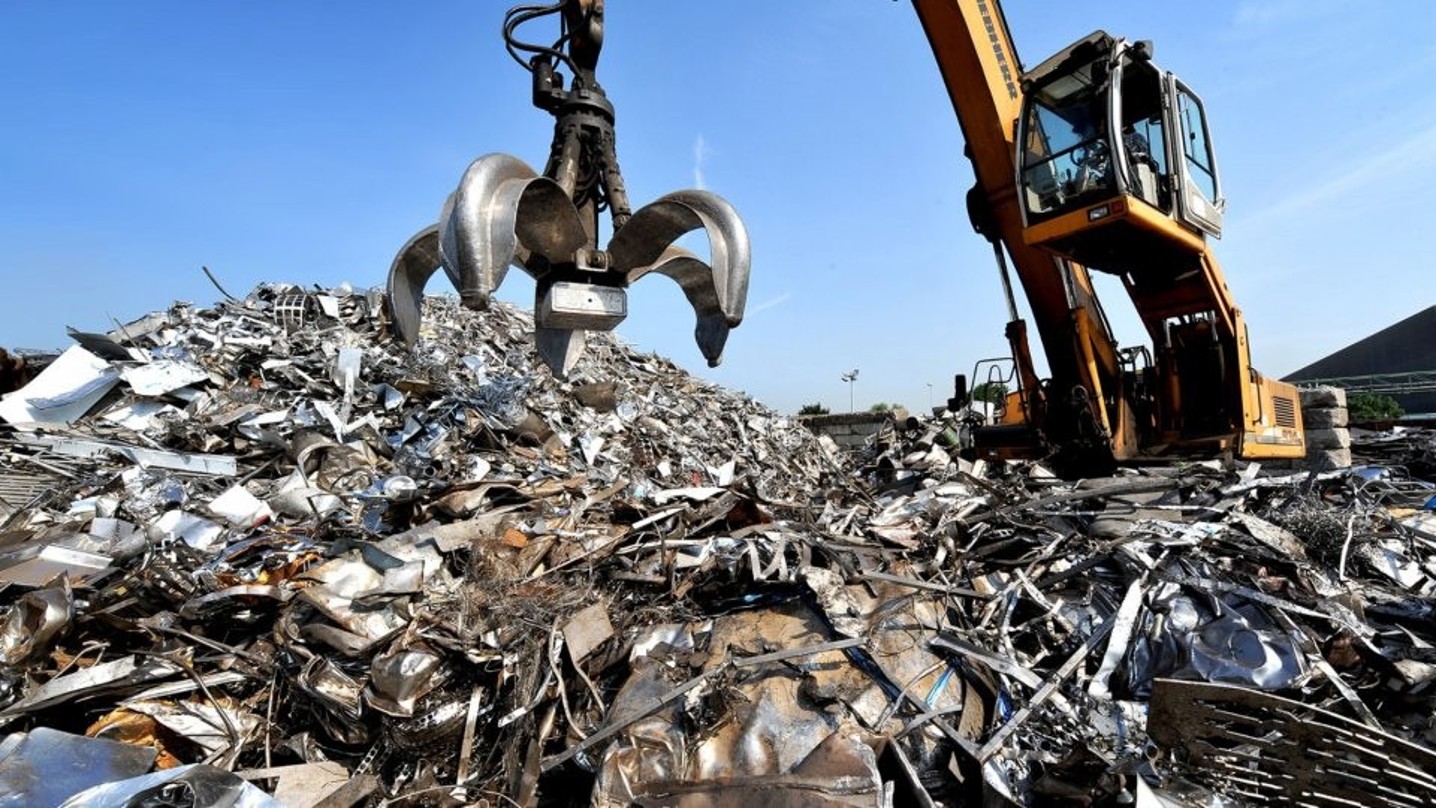Analysis

June 26, 2025
Final Thoughts
Written by Michael Cowden
There are less than two months to go until we kick off SMU Steel Summit on Monday, Aug. 25, at the Georgia International Convention Center in Atlanta.
Ladies and gentlemen, start your (networking) engines!
More than 850 people have already registered to attend. If you are among them, you can get a head start on networking with the conference app, which you can access here. For the time being, the app is only available only on our website. We’ll have one available for mobile devices around mid-July.
Also, I’ve gotten questions from some of you about everything from group discounts to hotel options. A lot of those questions are answered in a helpful FAQ about the event here.
We’re still putting the finishing touches on the Summit agenda. You can find the latest version here. And if you’re ready to register for the event, you can do that here.
I’m really looking forward to seeing so many of you in Atlanta in August and the great discussion we’ll have – whether on stage, during the networking breaks, or along the sidelines of the event.
Lead times down
In other SMU news, wow, what a difference a few weeks makes. Just look at the articles in today’s issue on lead times and mill negotiation rates.
We saw lead times extend earlier after President Trump announced at a rally near Pittsburgh on May 30 that Section 232 tariffs would be doubled to 50%. Import orders were cancelled, some buyers got off the sidelines, and others shifted orders they had been placing abroad to US mills.
But then, within about a week, news started percolating about potentially significant exemption to those tariffs. A potential tariff-rate quota (TRQ), or soft quota, for Mexico, for example. And we’ve since seen lead times moderate.
Of course, it’s not just talk of a less stringent tariff regime. It’s the fact that steel output continues to rise and that new capacity – whether you’re talking hot-rolled, coated, or plate – continues to ramp up.
Mills more willing to negotiate
The most telling shift might be in the mill negotiation rate. It’s a simple metric. We survey steel buyers and ask them a yes/no question about whether mills are willing to negotiate lower spot prices.
Back in February (Super Bowl Sunday feels like ancient history, I know) Trump announced plans for across-the-board Section 232 tariffs of 25%. By early March, mills could practically name their price. Check out the data here, for example. Only 8% of respondents at the time said mills were willing to negotiate lower hot-rolled (HR) coil prices.
Mills held that pricing power until April 2, when Trump announced his “Liberation Day” tariffs – the on again, off again nature of which pumped uncertainty in the market. By May 28, just before Trump announced Section 232 tariffs would be doubled to 50%, nearly all mills were willing to negotiate lower prices.
Another week of whiplash
What’s so remarkable this time is that 50% tariffs gave mills pricing power for less than a month – despite coinciding with a conflict in the Middle East. If you would have asked me a year ago what 50% tariffs, a round of mill price hikes, and the US bombing Iran would have done to steel prices, I would have said they’d have gone through the roof.
Actually, that might have been my response as recently as last weekend, when the mainstream business press was full of stories about oil potentially going to $100 per barrel on a widening war in the Middle East. Last I checked on Thursday afternoon, oil was at about $65 per barrel.
Uncertainty comes for construction
I think the bigger issue – more than tariff uncertainty or geopolitical uncertainty – is demand uncertainty. Case in point: the construction market. If you’re looking for a deep dive on the state of construction, I suggest listening to – or at least looking at the slide deck from – the Community Chat on Wednesday with Ken Simonson, chief economist for the Associated General Contractors (AGC) of America.
Contractors and developers are an optimistic bunch. You probably have to be to make it in that world. But the headwinds that they’re facing now are significant.
Tariffs could drive up prices for construction materials. Meanwhile, Trump’s hardline immigration policies are making things difficult for a sector that relies to a large extent on foreign-born workers – some of whom are afraid to come to work because of raids on their jobsites. And it’s not exactly like renewable energy – offshore wind in particular – are getting much love from the current administration.
Then there is the matter of deficits, which Simonson said are likely to be higher for the next decade. “That’s bad (not only) for the 30-year fixed mortgage but also for municipal bond issuers. … And that will keep a damper on construction activity,” he said.
Fireworks after July 4th?
Maybe some of this uncertainty will get ironed out ahead of Liberation Day tariffs resetting higher rates on July 9. I think markets would sure like to see that. Boring might be the new black.
But if I had to place a wager, it would be on more drama and last-minute brinksmanship – whether it comes to the Liberation Day tariffs or the various Section 232s that are in the works.
I think this much is certain: We’ll have no shortage of things to talk about at Summit this year!







